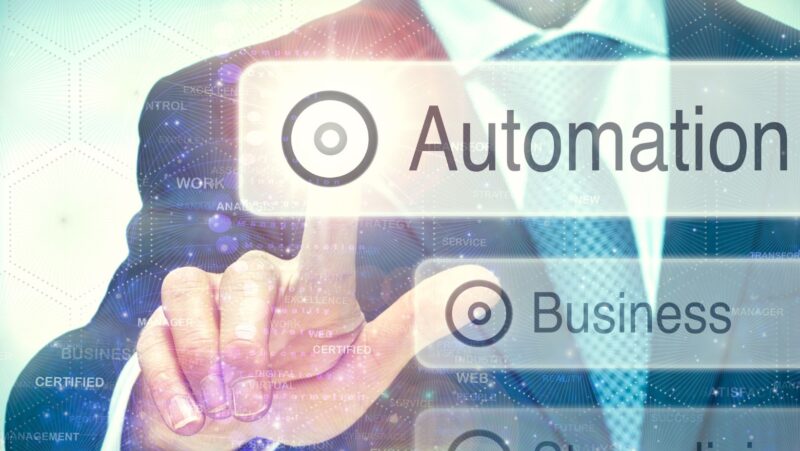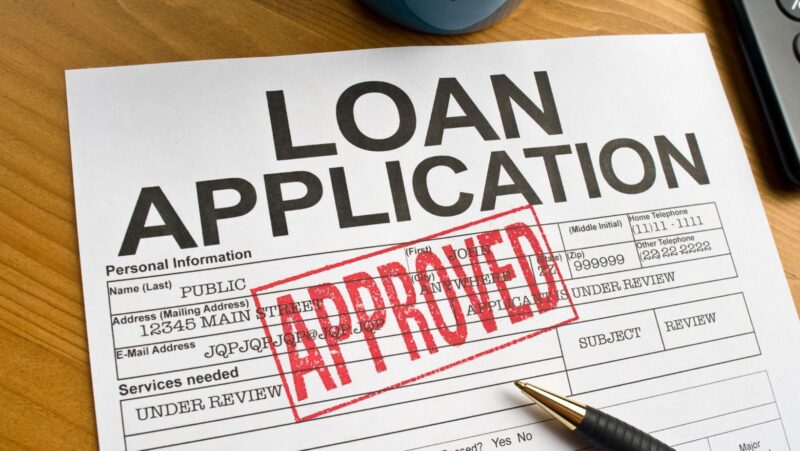
Both landlords and property managers experience numerous challenges while collecting rent such as payments that are late or missed entirely, manual processes that are inefficient, and reconciliations that consume a lot of time. Checking payments, chasing delinquent tenants, and managing cash and physical checks pose serious challenges to property owners and can disrupt payments and financial stability. Collection of rent using traditional methods also poses the risk of accounting mistakes and deteriorating relations with tenants, which eventually affects the revenue and effectiveness of management of the property.
For prospective renters, these inefficiencies may become apparent while searching for apartments for rent, as poorly managed properties often reflect in tenant reviews, communication delays, and overall rental experience.
Reduction in Administrative Costs and Time Savings

In the past, property managers had to spend a lot of not only time, but make a lot of mistakes along the way while managing deposits and dealing with spreadsheets and paper works.
Automated systems make it so that a human does not have to lift a finger and deal with data- that way there is no chance of discrepancy or error. It reduces the chance of missed payments being processed, and gives a guarantee that the finances recorded are accurate and fresh.
When property managers are free to accept payments without worrying about paperwork, they have this newfound time to nurture their relationships with renters and improve properties, driving better results to ease the load of day-to-day activities.
Automated property management software makes an individual less reliant on bookkeeping services along with paper transactions. Everything regarding the finances is managed from one place, making it easy to monitor cash flow along with spendings on rent, giving more control in real-time. All of this helps in getting rid of bulky file cabinets and lowers physical storage expenses, as well as makes data more secure by limiting access to highly sensitive information.
Such type of efficiency gives the ability to generate detailed reports with a click of a button, eliminating the need to go through unnecessary paperwork to comply with rules and regulations and conduct further financial audits. Additionally, external bookkeeping services are no longer necessary, thus giving the property managers an immediate reduction of costs. This allows for greater control and transparency over the financial processes.
The collection automation of rent drastically diminishes administrative expenses, especially in payment processes. By cutting down on the amount of basic work required, there is less staff needed to handle these processes, which leads to lower payroll costs. The software’s accuracy reduces errors that would create the need for expensive reconciliations, saving time and money while improving precision. In addition, property managers are able to add more value to their work or take on more management responsibilities without additional resource strain due to the time saved from manual processes.
Minimized Late Fees and Disputes
Property management software provides an impeccable solution for reinforcing lease agreements by imposing late charges at allocated times. In the past, landlords and property managers had to keep track of payments, which, in most cases, resulted in inconsistencies and confusion. With automation, these charges are guaranteed to be imposed thus ensuring that all tenants are treated fairly. This enhances consistent compliance with lease terms and lessen the administrative burden of property managers. For example, a property management company responsible for several rental properties can handle each lease agreement with ease, increasing efficiency and compliance. In addition, when tenants know that there are bias-free penalties that must be enforced, they are more likely to pay rent in a timely manner thus respecting the deadlines at hand.
One of the most notable aspects of property management software is its capability of documenting every interaction in the form of a transaction. Such records serve as proof of payment histories and provide both landlords and tenants instant access to critical financial information.
For example, if a tenant argues that he has made a payment but the landlord’s account does not reflect that payment, both the landlord and the tenant can check the records and confirm the transaction. This high level of transparency reduces disputes greatly. All parties can easily verify payments and therefore, need not worry about being scammed. The property management software not only prevents disputes before they arise by offering a trustworthy and transparent system of financial payments, but also enhances contractual dealings through accountability and transparency.
Automated collection services come with various features that help in reducing late fees and disputes. With such services, tenants will be able to pay using ACH transfers, credit cards, or through various online portals, which increases the chances of on-time payments. In addition to these features, such solutions usually offer automated reminders as every payment deadline approaches, which further decreases the likelihood of tenants submitting payments late.
For instance, a tenant may receive a reminder email or SMS a week before rent is due, and a day prior to the rent due date, the tenant receives a follow up reminder that encourages immediate action. This approach eliminates the likelihood of late fees, which enables tenants to manage their finances better and reduce the stress that comes with overdue payments.
Increased Tenant Satisfaction and Retention
With rent collection automation, tenants can pay rent using ACH, credit, or debit payment methods, providing plenty of flexibility to match their unique preferences. This payment flexibility also mitigates payment frictions while elevating satisfaction. This can also be helpful for tenants trying to balance tight budgets, as credit can serve as a temporary relief payment. The ability to set automatic payments can also avoid late payments so that every transaction is seamless every month.
Tenants’ ability to pay from any device is supported by mobile payment solutions, making outstanding payments more manageable. Convenience in step with digital preferences resolves user experience issues, enhancing overall satisfaction. Payment reminders and payment history tracking are additional features of mobile solutions that promote tenant wellbeing by alleviating anxiety regarding unpaid bills.
The gap that lies between property managers and tenants regarding automated rent collection fosters a more dependable and trustworthy scenario. A tenant’s ability to manage payments consistently and easily relieves stress and motivates the renewal of leases. Moreover, less hassle in and out of rental processes motivates tenants to stay longer, reducing turnover rates with vacant periods for property management.
Scalability for Property Growth
Automation makes managing properties a whole lot easier by streamlining complex processes into manageable tasks. For property managers who handle multiple estates, automation combines functions with rent collection, leases, tenant communication, and payments into one simple platform.
Take for example, a single property manager who has to manage ten different properties. Each with their own tenant agreements and each requiring different payment schedules. Manually tracking every payment due date and sending reminders is bound to be difficult and fern filled with errors. Software that automates rent collection does a lot of these burdens through features like automatic reminders for rent payment and real time financial reporting. All of these features ensure cash flow consistency and eliminates the risk of late payments.

Property management software systematizes processes, so you can manage your properties without the administrative burdens that limit your operational efficiency. It assists with the onboarding of tenants, payment collection, and managing the rental properties, allowing property managers to take on more units.
Imagine a property manager increasing their portfolio from a measly 10 units to a mid-sized 50-unit operation. The property management software allows for faster manual processes like screening tenants, collecting rent via automatic electronic payments, and syncing data with already existing property management systems. This infrastructure eliminates bottlenecks to ease expansion, allowing new tenants to be on-boarded with the same level of diligence as the existing tenants.
As with any new advance, the automation of these processes also leads to close supervision. Property managers can easily inform users of policy revisions or planned maintenance, and the property management software checks compliance and interaction tracking. This is very important as the ability to maintain tenant trust while streamlining managerial functions is critical during expansion.







